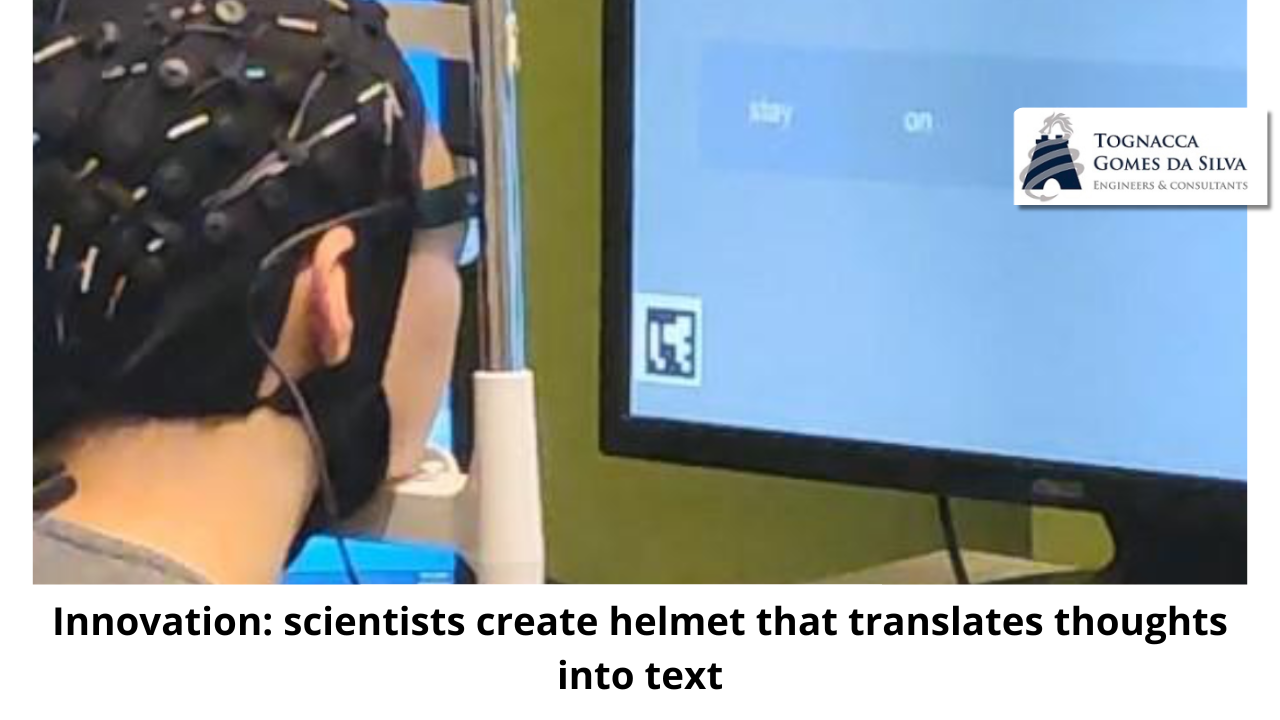An innovative technology promises to revolutionize communication and the lives of people with diseases that make speech impossible, such as stroke or paralysis. Researchers at the University of Technology Sydney, Australia, have developed a helmet that translates thoughts into text. The device was presented during the NeurIPS conference in New Orleans.
In addition to this possibility, technology can allow better interaction between humans and machines when operating robots or even bionic arms. To make this possible, the helmet is incorporated into an artificial intelligence (AI) model developed by the researchers and called DeWave. This AI translates the brain’s electrical activity into words and sentences after learning from large amounts of data.
The tests were conducted with 29 participants. They put on their helmets and silently read excerpts of a text. The device recorded electrical brain activity on the scalp using an electroencephalogram.
“This research represents a pioneering effort in translating raw EEG waves directly into language, marking a significant advancement in the field. It is the first to incorporate discrete coding techniques into the brain-to-text translation process, introducing an innovative approach to neural decoding. Integration with large language models is also opening new frontiers in neuroscience and AI,” the authors state.
In a statement issued by the university, researchers reported that the helmet that translates thoughts into text can recognize verbs more easily than nouns. “When it came to nouns, we saw a tendency toward synonyms rather than accurate translations. When the brain processes semantically similar words, these words can produce similar brain wave patterns,” they said. The translation accuracy score is currently around 40%.
( source: Katiuscia Mizokami/ digital agro )



